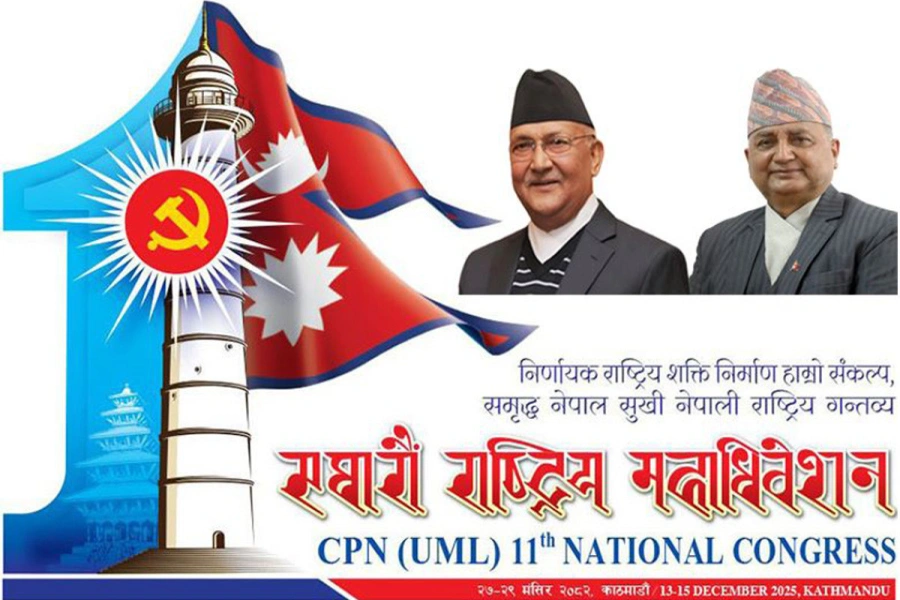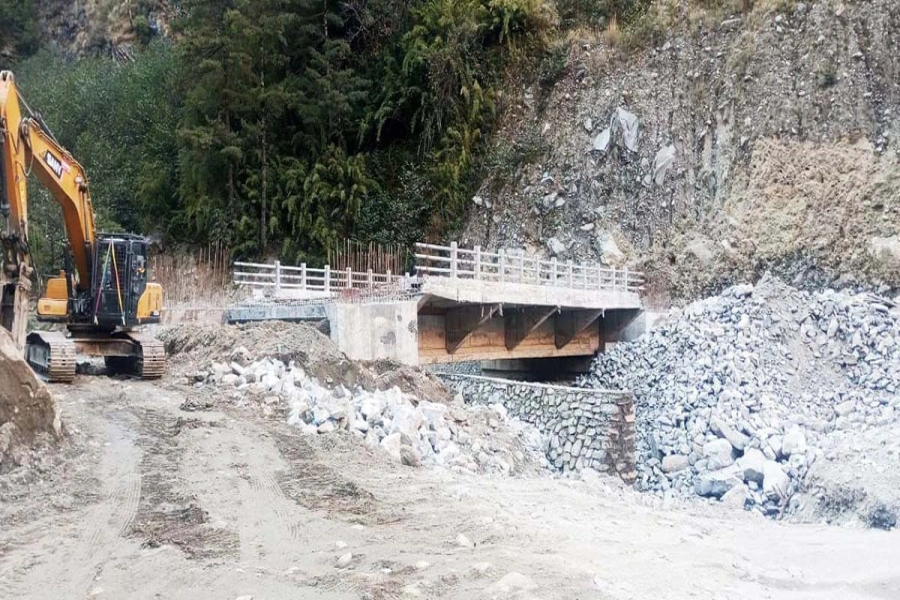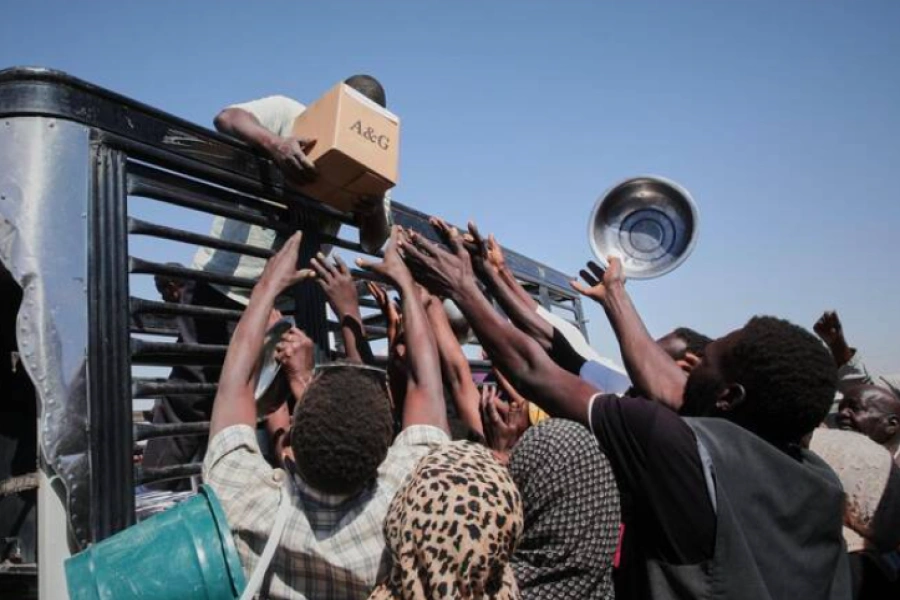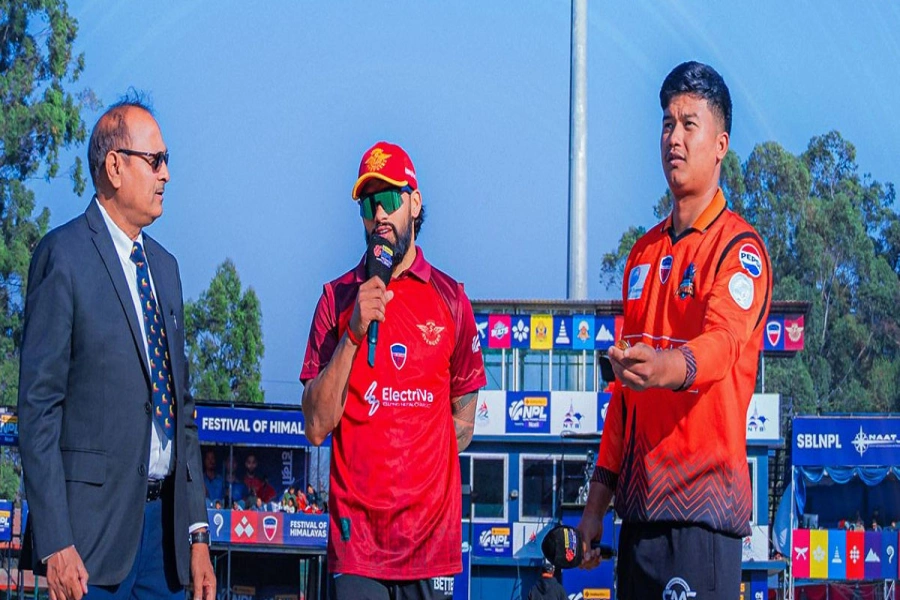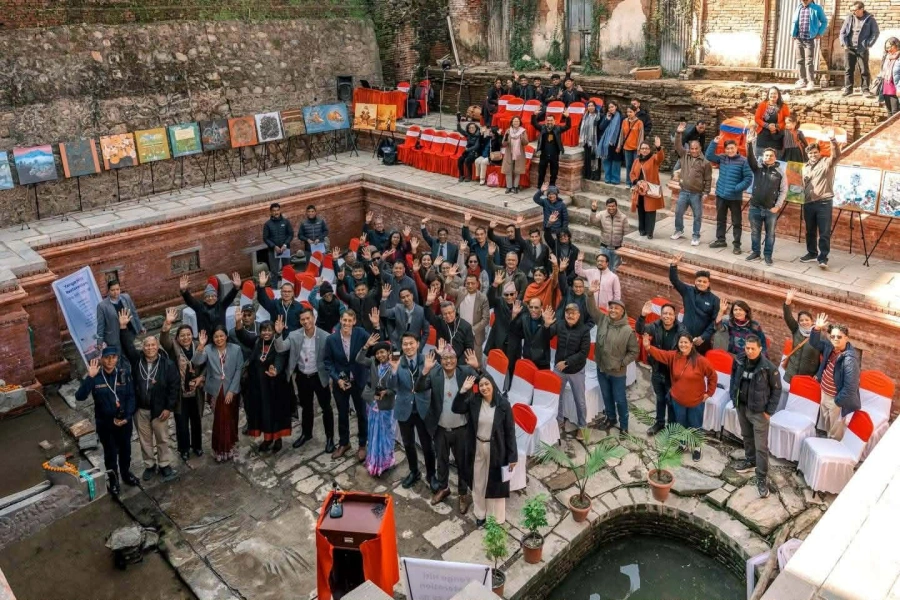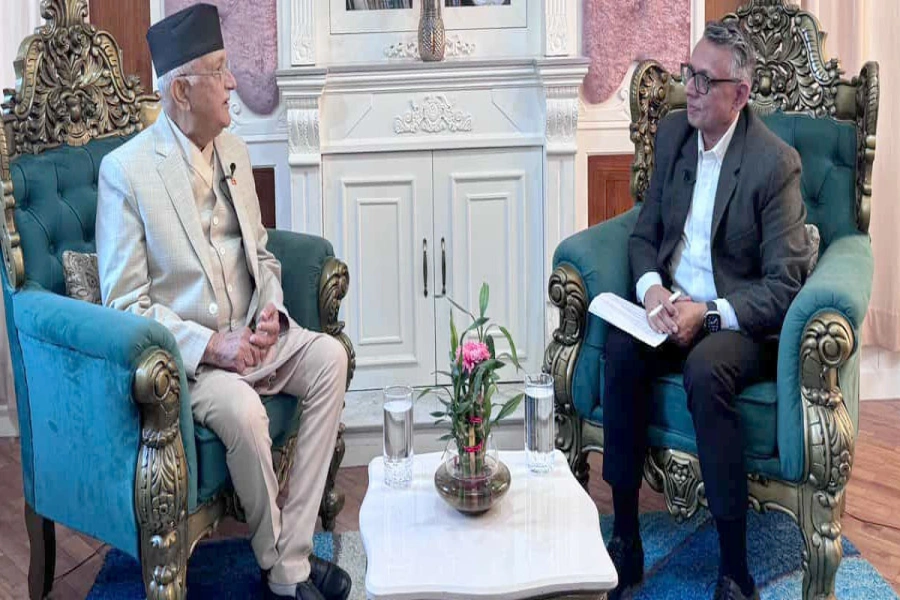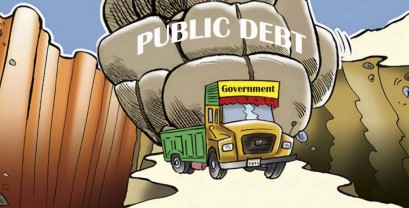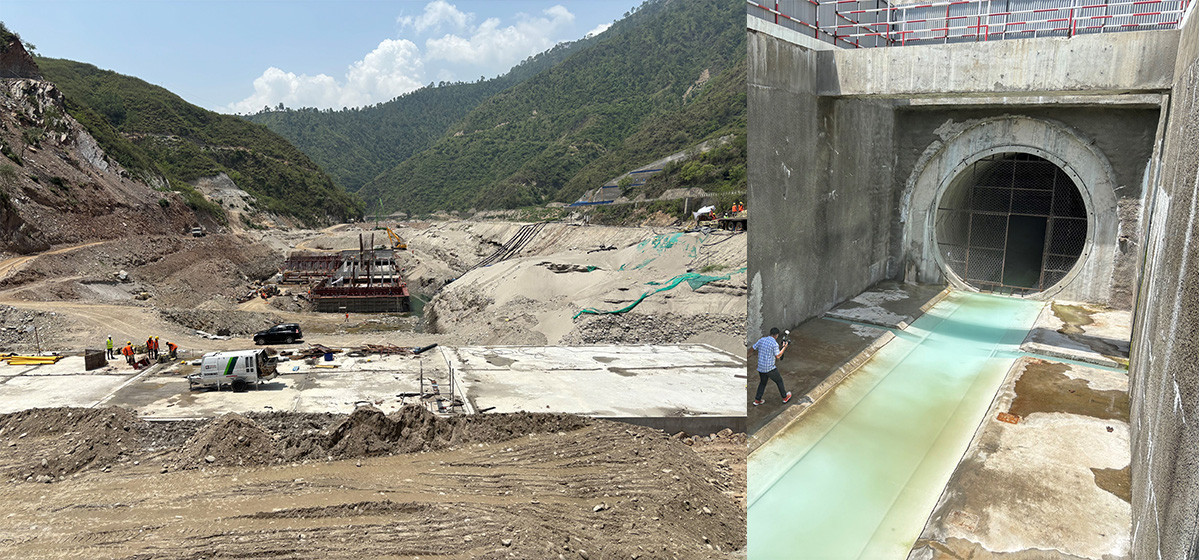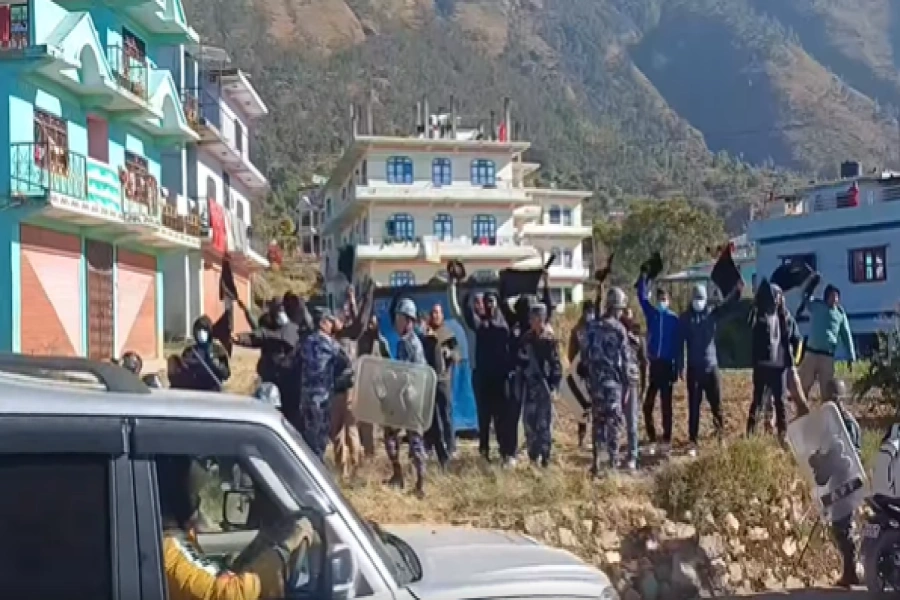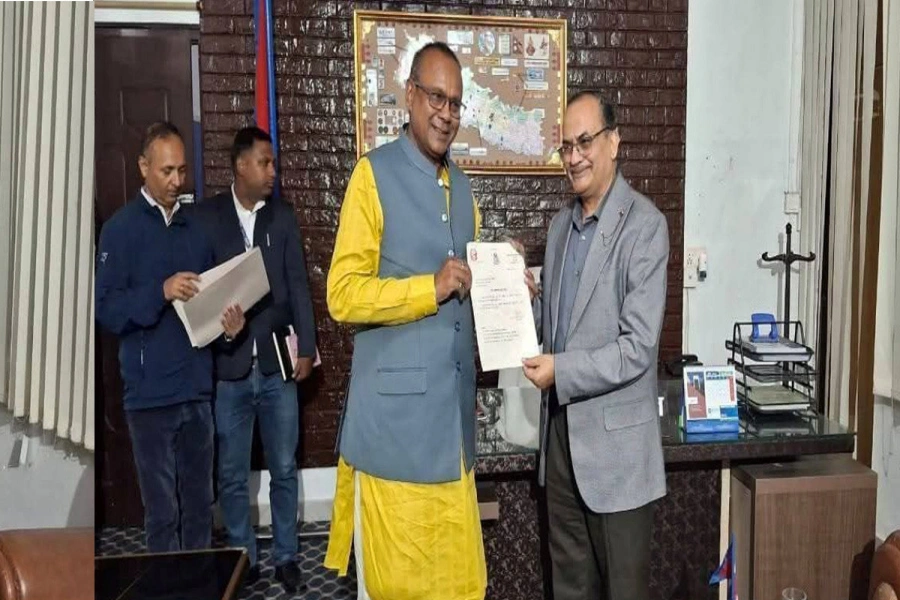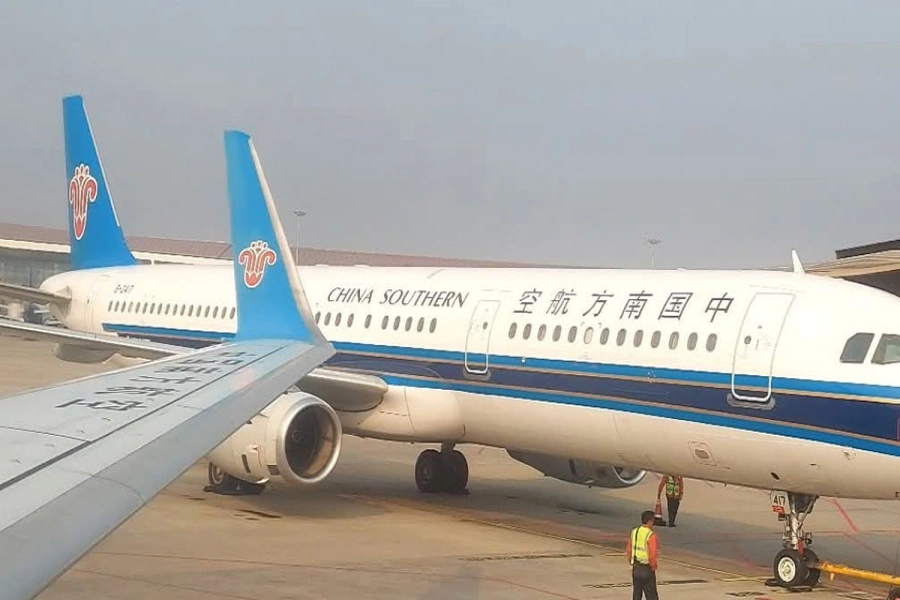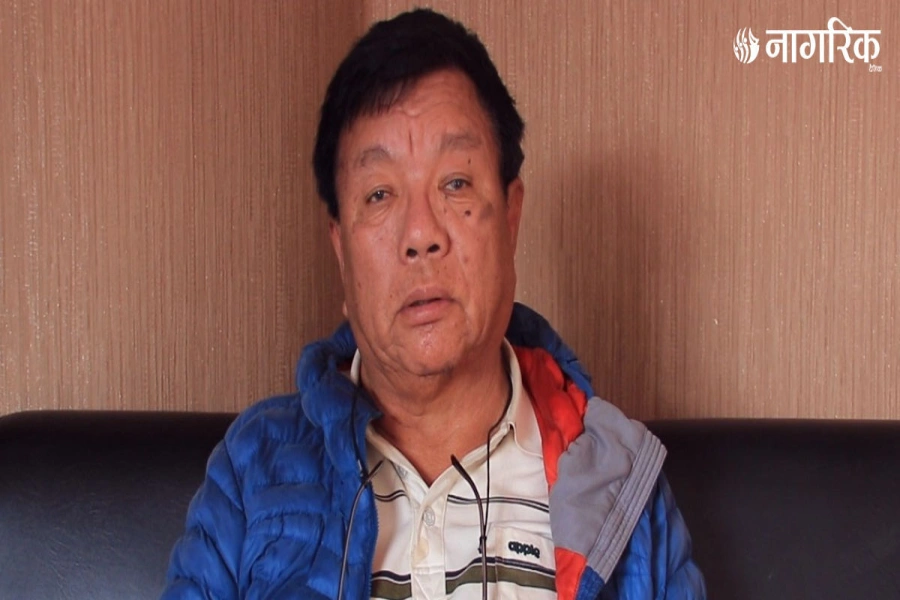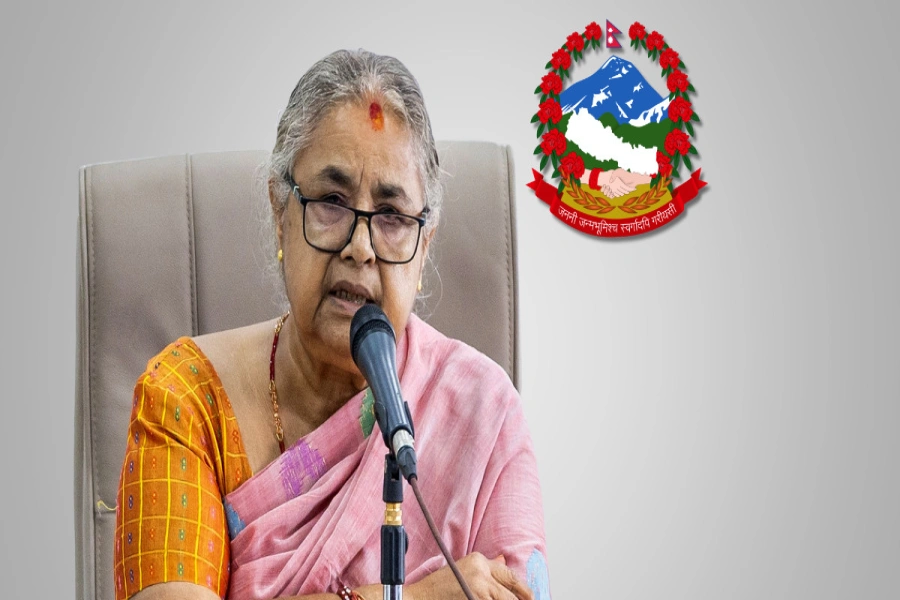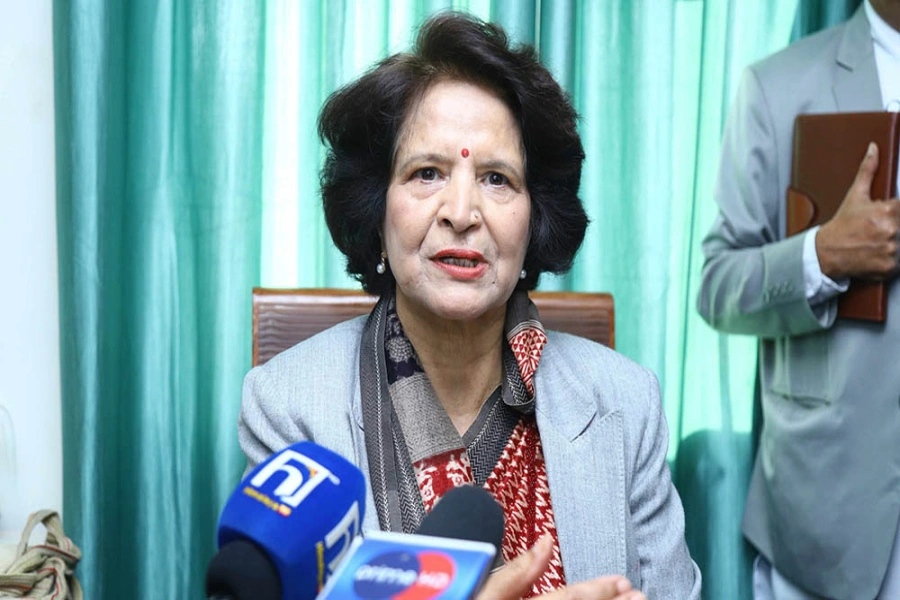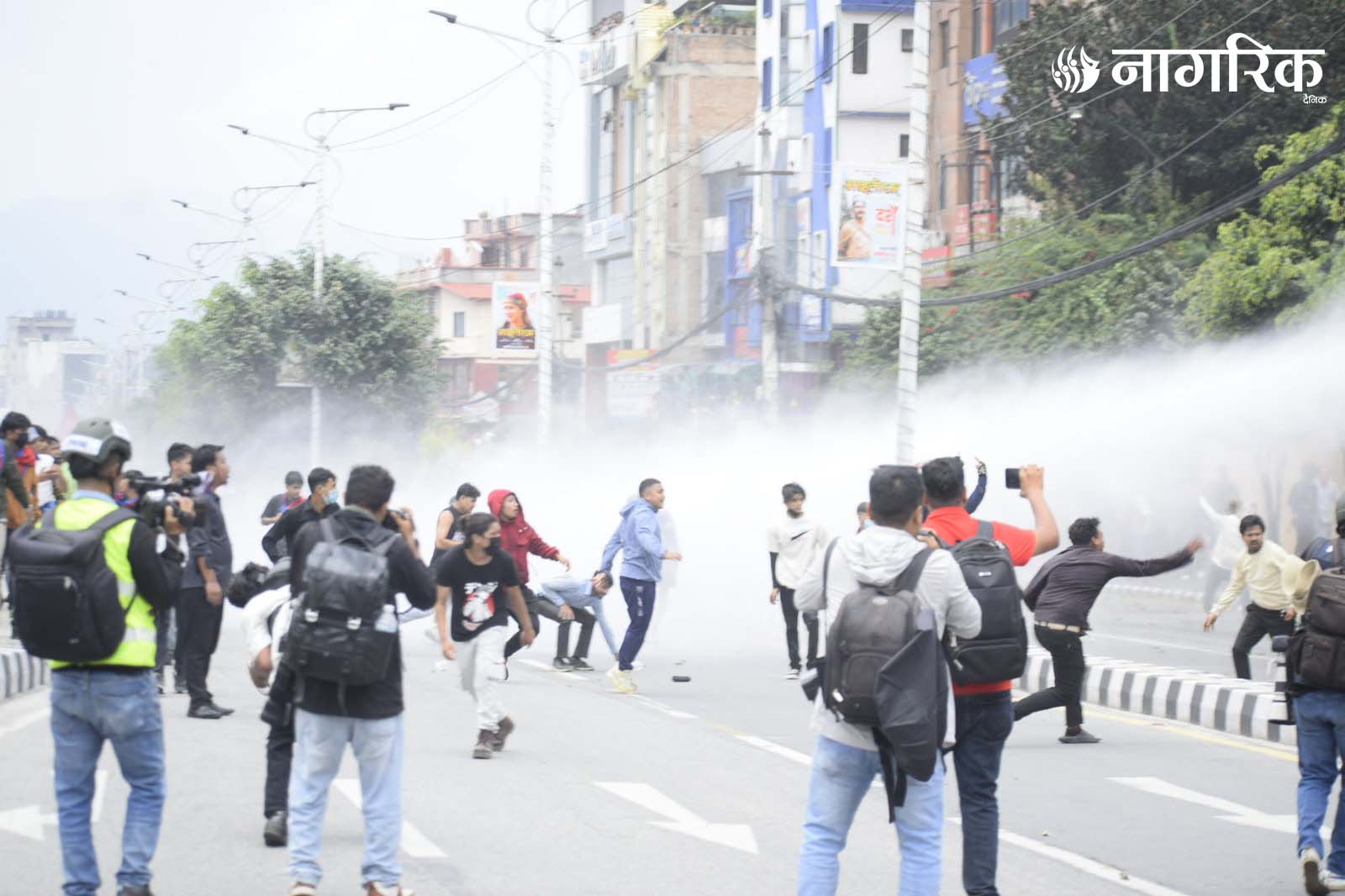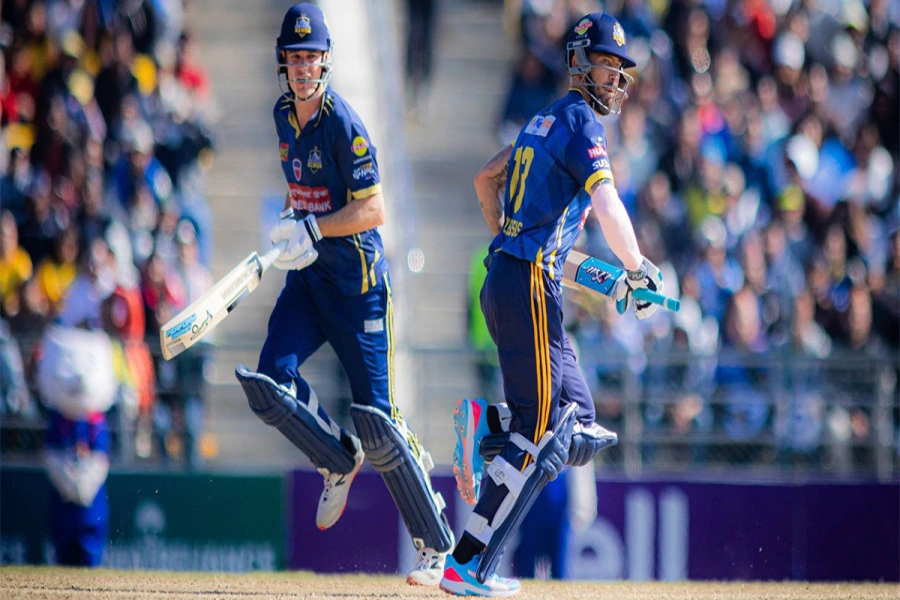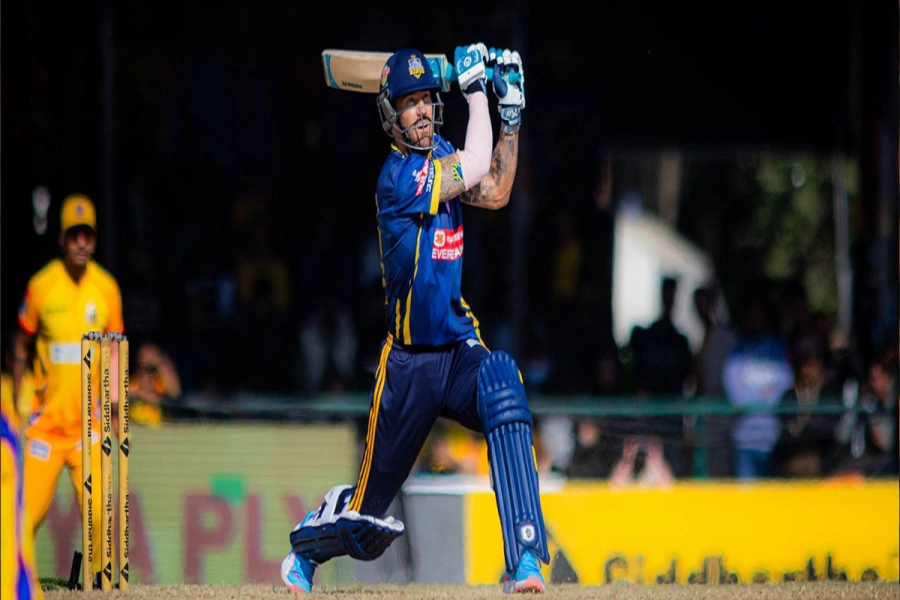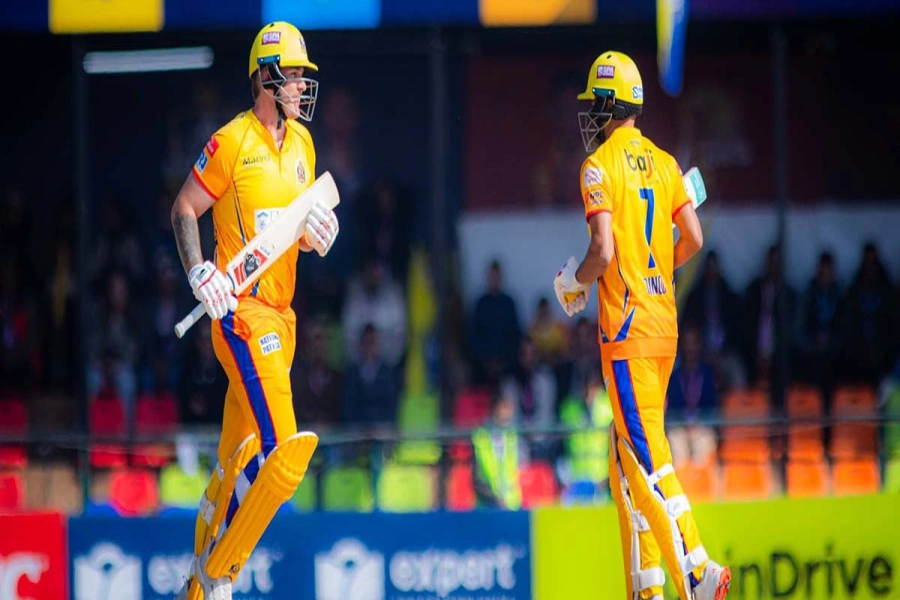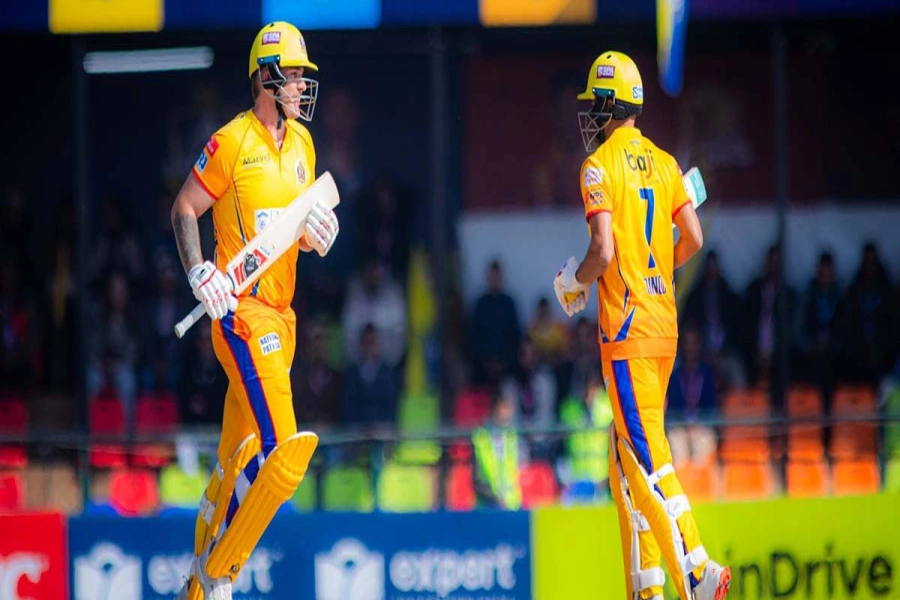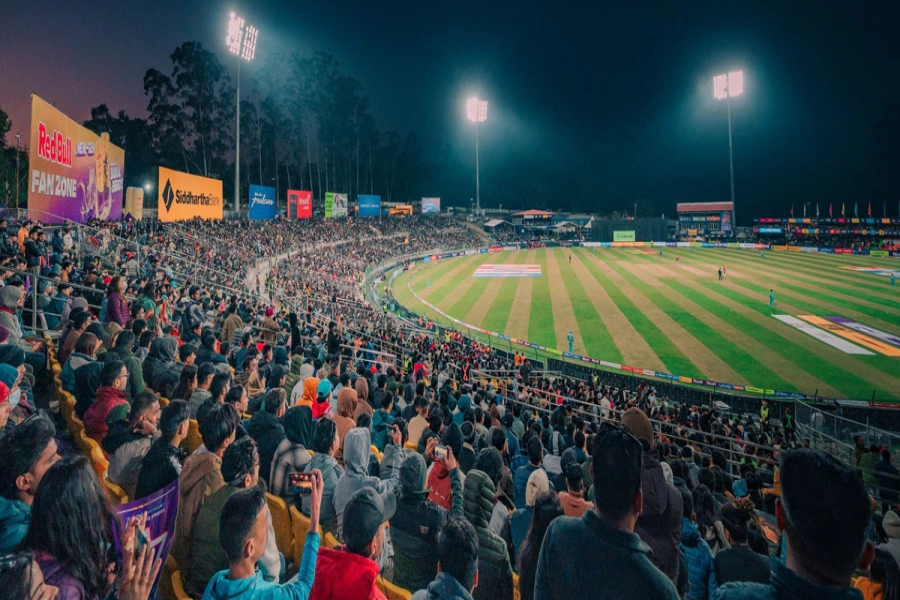KATHMANDU, Feb 14: The Kathmandu Metropolitan City (KMC) reported that 515 out of 945 vehicles (54 percent) tested for pollution failed to meet the emission standards.
Since January 13, KMC has been inspecting road vehicles and found that 44 out of 249 petrol-run vehicles and 471 out of 696 diesel-run vehicles exceeded the permissible limits.
58 percent of vehicles in Kathmandu fail smoke emission standar...

Sarita Rai, head of KMC's Environment Management Department, stated that the KMC has enforced the Environment and Natural Resources Act, 2021, Pollution Control Standards, 2025, and Waste Collection and Transportation Guidelines, 2025, to improve air quality and maintain urban cleanliness. Authorities have been conducting emission tests for public vehicles in compliance with these regulations.
The Pollution Control Standards, 2025, specify different emission limits based on vehicle manufacturing years. Four-wheelers manufactured up to 1980 must have a maximum carbon monoxide (CO) level of 4.5% (by volume), while vehicles produced in 1981 or later must maintain CO below 3%.
Three-wheelers manufactured up to 1991 must not exceed CO levels of 4.5%, and two-wheelers must also remain within the same limit. Diesel vehicles manufactured up to 1994 must have a smoke density below 75 HSU (Hertz Smoke Units), while those produced in 1995 or later must stay under 65 HSU.
Authorities have conducted pollution tests in several locations, including Thamel, Maitidevi, Chabahil, Khusibu, Balaju, Ratopul, Kuleshwar, Kamalpokhari, Baneshwor, Koteshwor, Durbar Marg, Balkhu, Babarmahal, Teku, Sukedhara, Sinamangal, Panipokhari, and Jamal.



